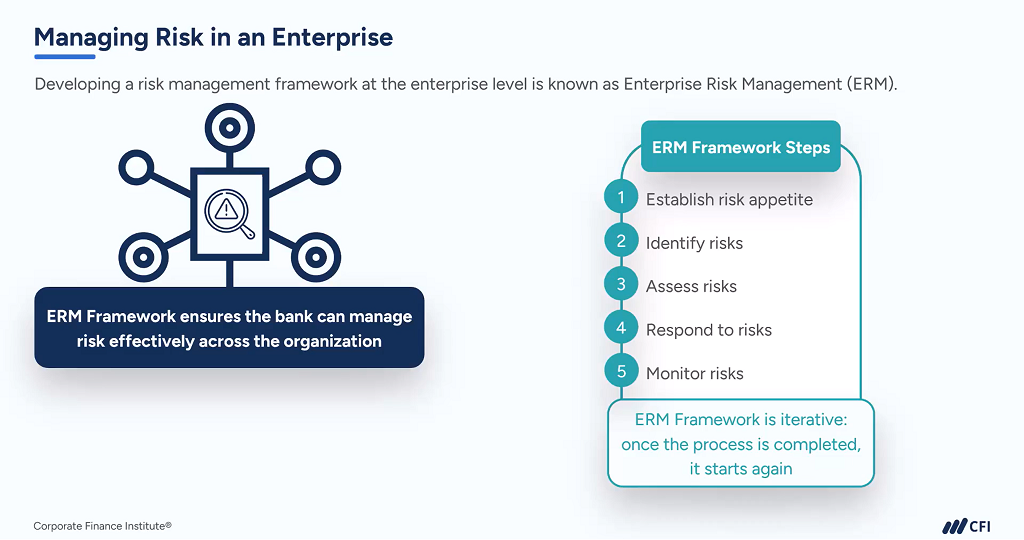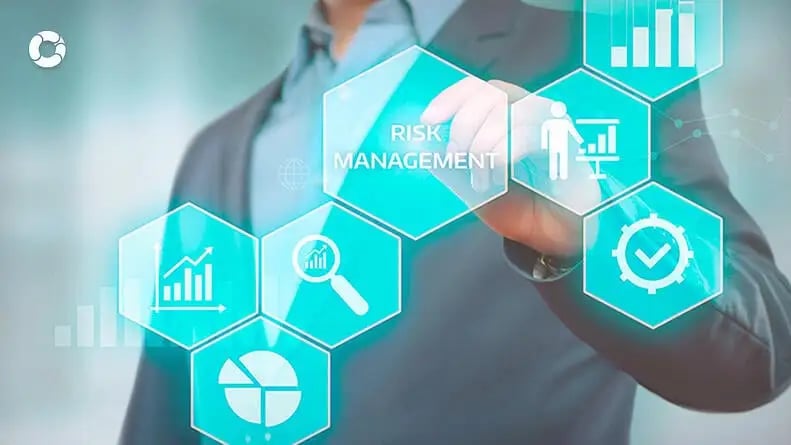Addressing the Unnoticed Risks: The Importance of Risk Management in Tech
Addressing the Unnoticed Risks: The Importance of Risk Management in Tech
Blog Article
Exploring the Relevance of Risk Management for Effective Decision-Making Techniques
In the detailed world of organization, Risk Management becomes a critical aspect in the decision-making process. The capability to recognize potential dangers and opportunities, and plan accordingly, can mean the distinction in between success and failure. With devices such as SWOT and PESTEL, organizations are furnished to make informed options, cultivating resilience and versatility in an ever-changing setting. Wondering just how this works? Allow's unpack the dynamics better.
Comprehending the Idea of Risk Management
Risk Management, an essential component in decision-making, is often misconstrued or oversimplified. Risk Management includes disciplined and organized strategies, using information and informative analyses. From monetary uncertainties, lawful obligations, critical Management errors, to crashes and natural calamities, it deals with numerous risks - importance of risk management.
The Duty of Risk Management in Decision-Making Processes
In the realm of strategic planning and company procedures, Risk Management plays an essential role in decision-making procedures. Risk Management hence becomes an important tool in decision-making, helping leaders to make educated selections based on a comprehensive understanding of the threats included. Risk Management serves as an important component in the decision-making processes of any kind of company.

How Risk Management Boosts Strategic Preparation
In the context of critical preparation, Risk Management plays a pivotal role. Initiating with the recognition of possible risks, it further includes the application of Risk mitigation procedures. The function of Risk Management is vibrant but not static, as it requires constant tracking and adjusting of methods.
Identifying Possible Risks

Carrying Out Risk Mitigation
Risk mitigation approaches can range from Risk avoidance, Risk transfer, to take the chance of decrease. Each approach should be customized to the particular Risk, considering its possible impact and the company's Risk resistance. Efficient Risk reduction calls for a deep understanding of the Risk landscape and the possible influence of each Risk.
Monitoring and Readjusting Strategies
Though Risk reduction is a crucial action in calculated preparation, continuous tracking and modification of these strategies is similarly important. This ongoing process enables organizations to determine brand-new risks and reassess existing ones, making sure the executed approaches continue to be reliable in the ever-changing organization environment. It also supplies an opportunity to review the success of the Risk Management measures, allowing adjustments to be made where essential, more enhancing strategic planning. Effective monitoring and modification call for making use of analytics and key efficiency indications (KPIs) to determine effectiveness. These devices supply important data-driven understandings that can educate critical decision-making. Surveillance and adjusting Risk Management strategies is a critical component for improving a company's company website durability and tactical planning.
Situation Studies: Effective Risk Management and Decision-Making
In the world of company and finance, effective Risk Management and decision-making frequently serve as the columns of thriving ventures. These cases highlight the worth of sharp Risk Management in decision-making procedures. These cases underscore the crucial function of Risk Management in calculated decision-making.
Tools and Methods for Efficient Risk Management
These devices, such as Risk signs up and warm maps, help in determining and analyzing possible risks. Risk response strategies, a key component of Risk Management, include approving, preventing, moving, or mitigating threats. With these devices and strategies, decision-makers can navigate the complex landscape of Risk Management, thereby facilitating educated and reliable decision-making.
Future Fads in Risk Management and Decision-Making Approaches
As we discover the substantial landscape of Risk Management, it ends up being obvious that the devices and strategies utilized today will continue to advance. Future fads direct towards an enhanced reliance on technology, with expert system and machine understanding playing considerable roles. These modern technologies will certainly allow companies to anticipate prospective dangers with greater accuracy and make even more informed choices. Additionally, there will certainly be an expanding focus on strength, not simply in managing threats however likewise in jumping back from damaging scenarios. Finally, the concept of Risk culture, where every participant of an organization realizes and included in Risk Management, will certainly gain extra importance. These trends declare an even more comprehensive and proactive strategy towards Risk Management and decision-making.
Final thought

Risk Management therefore ends up being an important device in read decision-making, assisting leaders to make educated you can find out more options based on a thorough understanding of the dangers involved. Risk reduction methods can range from Risk evasion, Risk transfer, to risk decrease (importance of risk management). Efficient Risk mitigation calls for a deep understanding of the Risk landscape and the possible influence of each Risk. Risk feedback methods, a crucial element of Risk Management, include approving, preventing, moving, or mitigating risks. The idea of Risk culture, where every participant of a company is mindful and included in Risk Management, will certainly gain more importance
Report this page